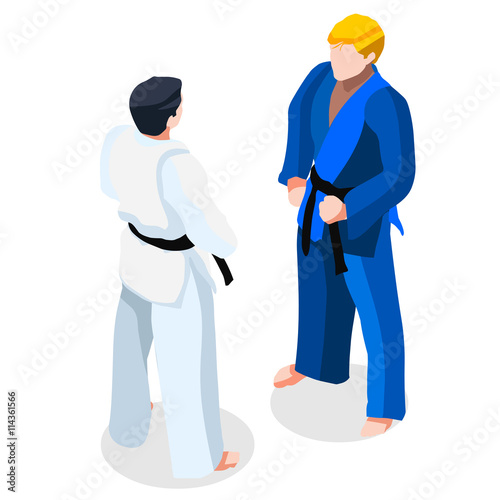Demystifying The Different Fighting Style Styles: From Karate To Taekwondo
Demystifying The Different Fighting Style Styles: From Karate To Taekwondo
Blog Article
Material Composed By-Aldridge Russo
Are you tired of feeling overwhelmed by the vast globe of fighting styles? With a lot of styles to choose from, it can be simple to get shed in a sea of strikes, kicks, and mystical names. However worry not!
This discussion will certainly demystify the various martial arts styles, taking you on a trip from the powerful strikes of Karate to the vibrant kicks of Taekwondo. Prepare yourself to discover the origins, techniques, and viewpoints behind these ancient art kinds.
So, tighten your belt and prepare to start an informing exploration into the captivating globe of martial arts.
Origins of Martial Arts Styles
The origins of martial arts designs can be mapped back to ancient worlds and their need for self-defense and battle techniques. Throughout history, different cultures developed their own special techniques of fighting, each with its own set of strategies and ideologies.
In China, as an example, martial arts designs such as Martial art and Tai Chi were developed as a means of protection and enhancing physical and mental wellness.
In Japan, the samurai warriors developed styles like Martial arts and Judo, concentrating on self-control, accuracy, and proficiency of the body.
In a similar way, in Korea, Taekwondo became a fighting style stressing high kicks, fast motions, and psychological stamina.
These early people laid the structure for the varied array of martial arts styles that exist today, each with its very own abundant background and cultural importance.
Techniques and Educating Methods
To master martial arts designs, professionals should learn various methods and training techniques.
Methods are the specific motions and activities used in combat, such as punches, kicks, throws, and obstructs. on front page fighting styles styles have their own one-of-a-kind set of methods that practitioners need to grasp with extensive training.
Training methods vary relying on the design, yet they generally include a combination of physical conditioning, drills, competing, and forms.
Physical conditioning is vital to build toughness, versatility, and endurance. Drills aid experts fine-tune their techniques and boost their rate and accuracy.
Competing allows professionals to exercise their methods in a managed, realistic atmosphere. Types, likewise referred to as kata, are ironclad sequences of motions that help experts establish muscular tissue memory and focus.
Approaches and Principles
Exploring the philosophies and principles of fighting styles designs can supply you with a deeper understanding of your picked self-control. Each fighting style has its own unique ideology and collection of guiding principles that shape the means it's exercised.
As an example, Martial arts highlights discipline, respect, and self-constraint. It instructs practitioners to focus their minds and bodies, enabling them to safeguard themselves while preserving a sense of internal tranquility.
On the other hand, Taekwondo places a solid emphasis on speed, dexterity, and flexibility. Its principles are rooted in the tenets of politeness, stability, willpower, self-discipline, and resolute spirit.
https://shanegdaup.idblogz.com/33734049/the-mental-and-emotional-advantages-of-exercising-martial-arts that you have actually explored the origins, strategies, and philosophies of numerous martial arts designs, you have a deeper understanding of these ancient self-controls.
Visualize a young karate trainee, experimenting steady decision and focus, breaking through boards with a powerful strike.
Their journey showcases the devotion and stamina called for to understand a martial art, advising us that with self-control and determination, anything is possible.
